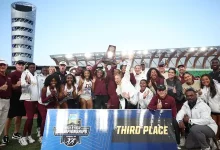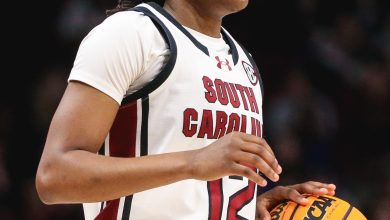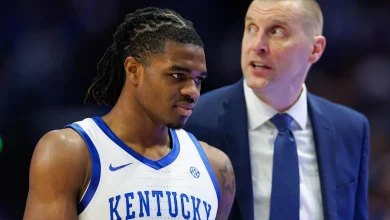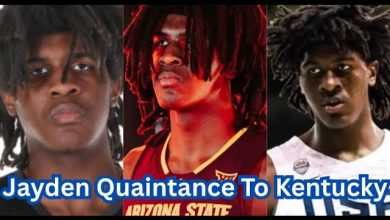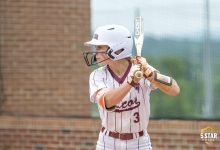NBA Announces Historic Low Number of College Underclassmen Declared for 2025 Draft
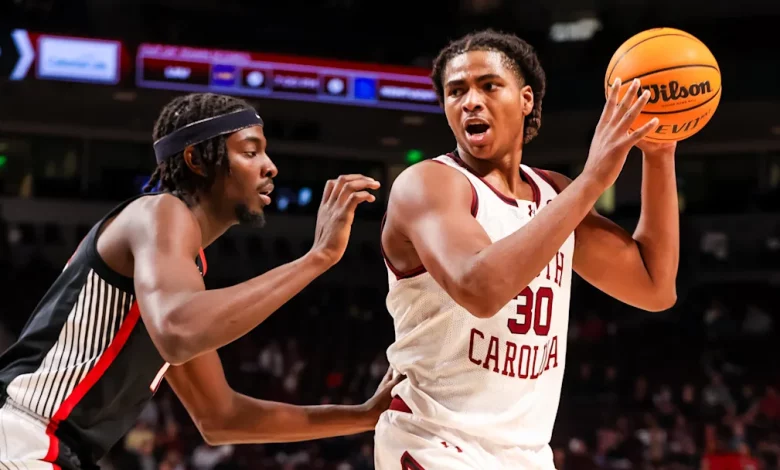
The NBA has revealed that only 106 college underclassmen have declared for the 2025 NBA Draft, marking the lowest number since 2015. This figure represents a significant decline from the peak of 363 early entrants in 2021. Analysts attribute this trend to several factors, including the impact of Name, Image, and Likeness (NIL) rights, the increased use of the transfer portal, and the extension of eligibility due to the COVID-19 pandemic.
The Decline in Early Entrants
In 2021, the NCAA introduced NIL rights, allowing college athletes to profit from their personal brand. This development has provided players with financial incentives to remain in college rather than declare for the NBA Draft prematurely. Additionally, the COVID-19 pandemic led to the NCAA granting an extra year of eligibility to athletes, further encouraging players to stay in school.
The combination of these factors has resulted in fewer underclassmen declaring for the NBA Draft. Analysts suggest that players are now more cautious and strategic in their decisions, opting to stay in college to develop their skills and increase their draft stock.
The Role of the Transfer Portal
The introduction of the transfer portal has also played a significant role in the decision-making process of college basketball players. The portal allows players to transfer between schools without penalty, providing them with more opportunities to find a better fit for their skills and aspirations. This flexibility has made players more inclined to stay in college, where they can continue to develop and showcase their talents.
The ability to transfer freely has also led to a more competitive college basketball landscape, with teams constantly adjusting their rosters to improve performance. This dynamic environment has encouraged players to remain in college longer, honing their skills and increasing their chances of a successful professional career.
The Impact of NIL Rights
The implementation of NIL rights has provided college athletes with financial incentives to stay in school. Players can now earn money through endorsements, social media promotions, and other avenues, allowing them to support themselves without needing to declare for the NBA Draft.
This financial independence has given players more time to develop their skills and make informed decisions about their futures. Rather than rushing into the professional ranks, many players are choosing to stay in college, where they can continue to grow both on and off the court.
The Extension of Eligibility
The NCAA’s decision to grant an extra year of eligibility to athletes due to the COVID-19 pandemic has had a lasting impact on college basketball. This extension has allowed players to remain in college longer, providing them with additional time to develop their skills and increase their draft stock.
For many players, this extended eligibility has been a valuable opportunity to refine their game and prepare for a professional career. Rather than declaring for the NBA Draft prematurely, players are now more inclined to stay in college, where they can continue to develop and improve.
Looking Ahead
The trend of fewer underclassmen declaring for the NBA Draft is expected to continue in the coming years. With the ongoing impact of NIL rights, the transfer portal, and extended eligibility, college basketball players now have more opportunities to develop and showcase their talents before making the leap to the professional ranks.
As a result, the NBA Draft may see a shift in the types of players entering the league, with more experienced and developed athletes making the transition from college basketball. This evolution could lead to a more competitive and skilled NBA, benefiting both players and fans alike.
the historic low number of college underclassmen declaring for the 2025 NBA Draft reflects a significant shift in the college basketball landscape. Factors such as NIL rights, the transfer portal, and extended eligibility have provided players with more opportunities to develop and make informed decisions about their futures. As these trends continue, the NBA Draft is likely to see a new generation of players who are more prepared and experienced, paving the way for a more competitive and exciting professional basketball league.


